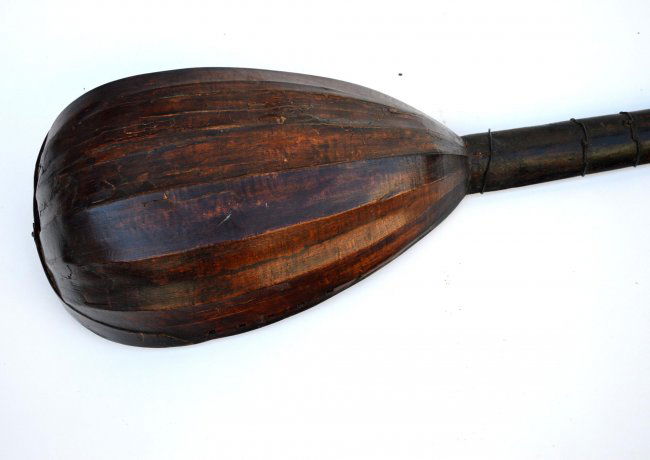
Check out a short video by Arab Instruments to learn how a oud sounds. This sound is linked to canonical music throughout history, and it remains an important part of many people’s lives today. The Sound Of The Oud: A Cultural HistoryĪs the strings are strummed, the oud’s hollow body produces a beautiful sound. It is a popular instrument in Arabic music, and is often used in traditional Arabic music.

The oud has a long history, and is still used in many Arabic countries today. It is a string instrument with a deep, mellow tone that is often used in traditional Arabic music. The oud sound is a traditional Arabic musical instrument.
#MIDDLE EASTERN STRINGED MUSICAL INSTRUMENTS FULL#
The Most Versatile Instrument Oud is a musical instrument that can be used for a variety of purposes, providing guitar players with a full range of flavors. The oud was invented by Lamech in the 9th century, according to the Prophet Muhammad’s elder brother, Ab* lib al-Mufa*al (a-n-Na*aw* al-Lughaw*) ibn Salma, who also refers toīrand MusicalEthnic Top Material TypeSpruceBack Material Type Mahogany, Wood The use of oud in plectrums dates back to the Middle Ages, when it was used with chicken and eagle wings some masters used hard leather or cherry bark. Winding wires were once used to make wires, beams, silk insides, and silver outsides. The oud is a cylindrical instrument with a fibrous sheet of spruce wood that is approximately 1 mm thick. The instrument fills a human lap with its pear-shaped body made up of 20 large crescent-shaped wooden slices. Despite a few minor adjustments over nearly a thousand years, the structure of oud remains unchanged. An eagle’s wing was used to make the plectrum of a Oud instrument because olive oil was traditionally used to make it. One of the most important things to remember when using a plectrum is to keep the plectrum parallel to the strings of the oud. It is critical to note that the timbre of each is mostly different, and there are only a few differences in size. Aoud is divided into six types based on its origins. The soundbox on a oud instrument has a short neck and a large soundbox on top.

It is called lute (‘leut’ in old French) because it is named after the oud (‘leut,’ and some of its features differ from those of the oud). The crusaders brought it back to Europe in the 13th century, and it was transformed into a lute in later centuries. The name ououd, which comes from both the documents and oral traditions, is used to refer to the sultan, emir, or king of musical instruments. It is not a native Turkish instrument, but it has been played in Anatolia for more than five centuries. The Turkish instrument known as the “ud” (meaning “ud”) is a descendant of the European lute. The oud is believed to be one of the oldest musical instruments in the world, and it has been used in a wide variety of music genres, including Arabic music, Turkish music, and Persian music. It has a pear-shaped body and a short neck, and it is usually played with a pick. An oud is a stringed musical instrument that is commonly used in Middle Eastern music.


 0 kommentar(er)
0 kommentar(er)
